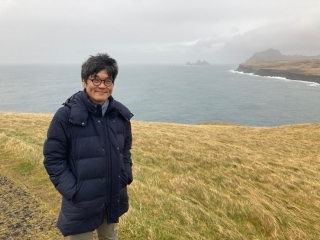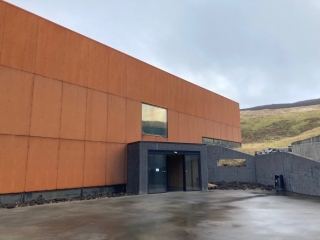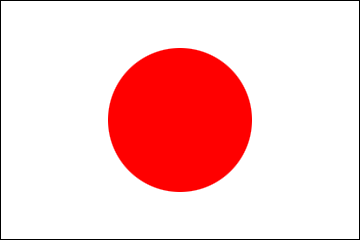From Ambassador (Visit to Heimaey)
2021/10/22



I visited Heimaey before the Arctic Circle Assembly 2021 started on October 14. (You can read my essay about the assembly here!) Heimaey is the largest island of the Westman Islands located in the south of Iceland and the only inhabited part of the islands. Heimaey has good access to rich fishing grounds and fishing has been its major industry since the early 20th century. Much of the fish caught here is processed and exported to Japan.
The main species in the fishing grounds around Iceland are cod, herring and mackerel, and they are mostly exported to Europe. However, there is one type of fish that specifically goes to Japan; capelin. Capelin with roe is especially highly valued in the Japanese market.
In recent years, there have been concerns over possible depletion of capelin stocks, and capelin fishing was more or less prohibited for two years in order to conserve the stock. However, it is likely that the second highest quota in the Icelandic capelin fishing history will be allocated for the next fishing season starting from the middle of January, and the local fishing industry is delighted with the prospect.
Capelin grows while migrating from Iceland to further north, close to Greenland, and three years later, it returns to the west fjord in Iceland to spawn. Since data during their migration is quite limited, estimating the capelin stocks is not easy.
Heimaey is also famous for the fact that all its inhabitants were evacuated successfully when a volcanic eruption occurred in 1973, two thirds later returned to the island. Back then, the total population of Heimaey was over five thousand but the current population today is about four thousand people. Even though almost fifty years has passed since the eruption, the population hasn’t been back to its pre-eruption level.
With swift evacuation, there was miraculously no loss of human life because of the eruption, but a number of houses and buildings were buried and ruined by lava and volcanic ash. Part of them were “excavated” in the beginning of this century, but most of them are still buried. One of the excavated houses is now stored and exhibited in the Volcano Museum, Eldheimar, which portrays how devastating the eruption was as well as how the lives of people were at that time.
The main species in the fishing grounds around Iceland are cod, herring and mackerel, and they are mostly exported to Europe. However, there is one type of fish that specifically goes to Japan; capelin. Capelin with roe is especially highly valued in the Japanese market.
In recent years, there have been concerns over possible depletion of capelin stocks, and capelin fishing was more or less prohibited for two years in order to conserve the stock. However, it is likely that the second highest quota in the Icelandic capelin fishing history will be allocated for the next fishing season starting from the middle of January, and the local fishing industry is delighted with the prospect.
Capelin grows while migrating from Iceland to further north, close to Greenland, and three years later, it returns to the west fjord in Iceland to spawn. Since data during their migration is quite limited, estimating the capelin stocks is not easy.
Heimaey is also famous for the fact that all its inhabitants were evacuated successfully when a volcanic eruption occurred in 1973, two thirds later returned to the island. Back then, the total population of Heimaey was over five thousand but the current population today is about four thousand people. Even though almost fifty years has passed since the eruption, the population hasn’t been back to its pre-eruption level.
With swift evacuation, there was miraculously no loss of human life because of the eruption, but a number of houses and buildings were buried and ruined by lava and volcanic ash. Part of them were “excavated” in the beginning of this century, but most of them are still buried. One of the excavated houses is now stored and exhibited in the Volcano Museum, Eldheimar, which portrays how devastating the eruption was as well as how the lives of people were at that time.
